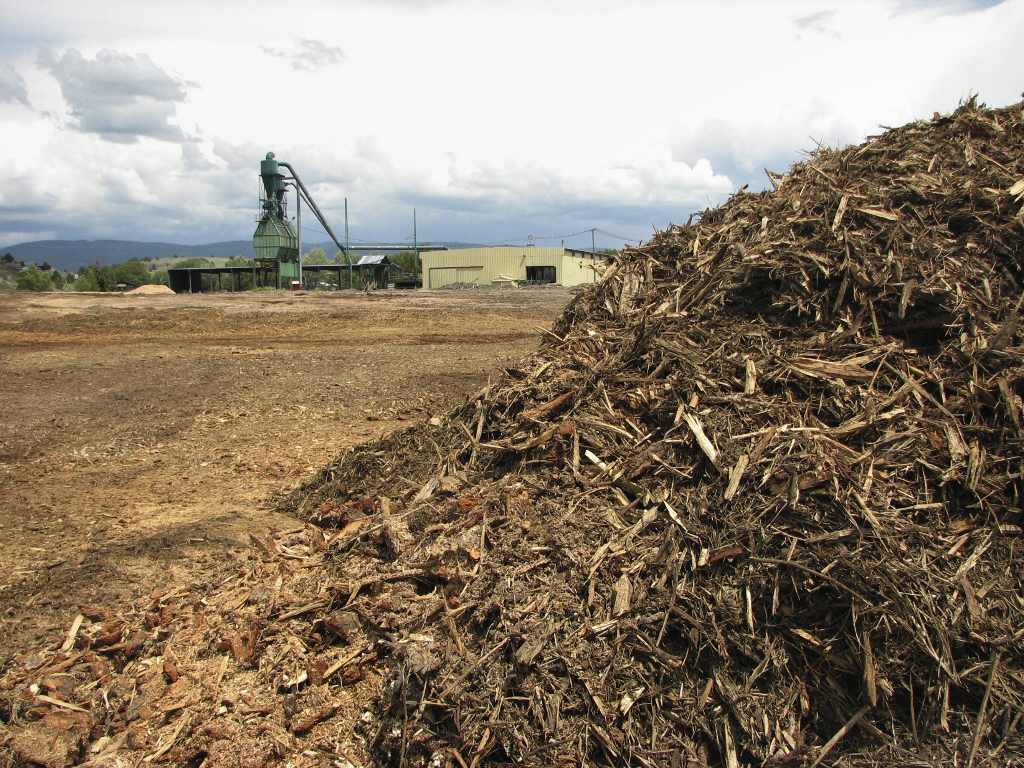The Future Of Biomass: Technology developments, key costs and the future outlook
Biomass has always been an important source of energy for mankind and today it accounts for 10% of primary energy consumption. Most of this is traditional fuels used for cooking and heating in the developing world. In the developed world until the end of the last century its use was mainly restricted to niche applications such as combined heat and power generation in the wood and paper industries. Today the perception of biomass is changing and it is being recognized once more as a valuable modern fuel that can provide a renewable energy to replace fossil fuel in power generation. As a consequence its use is growing at it is set to become one of the major renewable sources over then next two decades.
Biomass consists of all the plant material on the surface of the earth (and in the seas if algae are included). Almost two thirds of the total is regenerated each year during seasonal growth. The total regenerated is probably equivalent to more than three times total global energy consumption in 2008. Around 3% of this is used each year, mostly in the form of wood.
Key features of this report
Analysis of biomass technologies concepts and components.
Clarification of the market for biomass and future growth.
Assessment of new renewable energy technology analysis including innovation, infrastructure investment.
Insight relating to the most innovative product launches and potential areas of opportunity for manufacturers.
Examination of the key technology introductions and innovations.
Scope of this report
Achieve a quick and comprehensive understanding of how biomass market trends and infrastructure are influencing the development of the renewable energy market.
Realize up to date competitive intelligence through a comprehensive review of biomass technology concepts in the recent electricity infrastructure and renewable energy market.
Assess the emerging trends in renewable energy technology – biomass – grid connection and energy distribution.
Key Market Issues
Environmental requirements: The growth of carbon dioxide emissions globally are creating a path for lower carbon emitting power generation technologies. Biomass as fuel is carbon neutral since while it releases carbon into the atmosphere when burnt, the growth of new biomass absorbs the same amount carbon from the atmosphere. As a consequence it offers a valuable renewable source of energy.
Legislative issues: The use of biomass as an energy source raises a number of environmental and legislative issues. One of the most difficult is that of maintaining a balance between land for the production of energy crops and land for producing food. Additional questions arise when waste materials are used to produce energy. Agricultural wastes are a valuable fuel source but part of each crop must be returned to the land if soil quality is not to deteriorate. A significant part of municipal waste can be burnt too but some of it is better recycled. Additionally, the combustion of biomass produces a number of potential pollutants in addition to releasing carbon dioxide and these must normally be controlled.
Key findings from this report
In 2005 biomass provided around 1.3% of total global electricity production. By 2050 this could rise to between 3.4% and 5.8% of total electricity production.
By definition, biomass comprises all the plant life on the surface of the earth. In its 2001 Survey of Energy Resources, the World Energy Council put the total biomass on the surface of the earth at 220bn oven dry tonnes, equivalent to 4,500EJ of energy. This definition may require modifying if algae become a major source of biomass energy since algae grow in water.
Actual usage today is around 50EJ, or 10% of the estimated 500EJ of total global energy consumption in 2008. This is roughly 77% of the total renewable contribution (including hydropower) to primary energy consumption.
Key questions answered
What are the drivers shaping and influencing new technology development in the electricity industry?
How will renewable energy technologies be connected and integrated into the existing grid network?
What is the biomass power generation system going to cost?
What are the components of the biomass power generation system?
Which biomass types will be the winners and which the losers?
For more information, please contact :
http://www.aarkstore.com/reports/The-Future-Of-Biomass-Technology-developments-key-costs-and-the-future-outlook-35690.html
Contact : minu
Aarkstore Enterprise
Tel : +912227453309
Mobile No: +919272852585
Email : contact@aarkstore.com
Website : http://www.aarkstore.com
Blog: http://blogs.aarkstore.com/
Aarkstore Enterprise specialize in providing online market business information on market research reports, books, magazines, conference booking at competitive prices, and strive to provide excellent and innovative service to our customers. We are built on the premise that reading is valuable, capable of stirring emotions and firing the imagination. Whether youre looking for new product trends or competitive analysis of a new or existing market, Aarkstore Enterprise has the best resource offe




